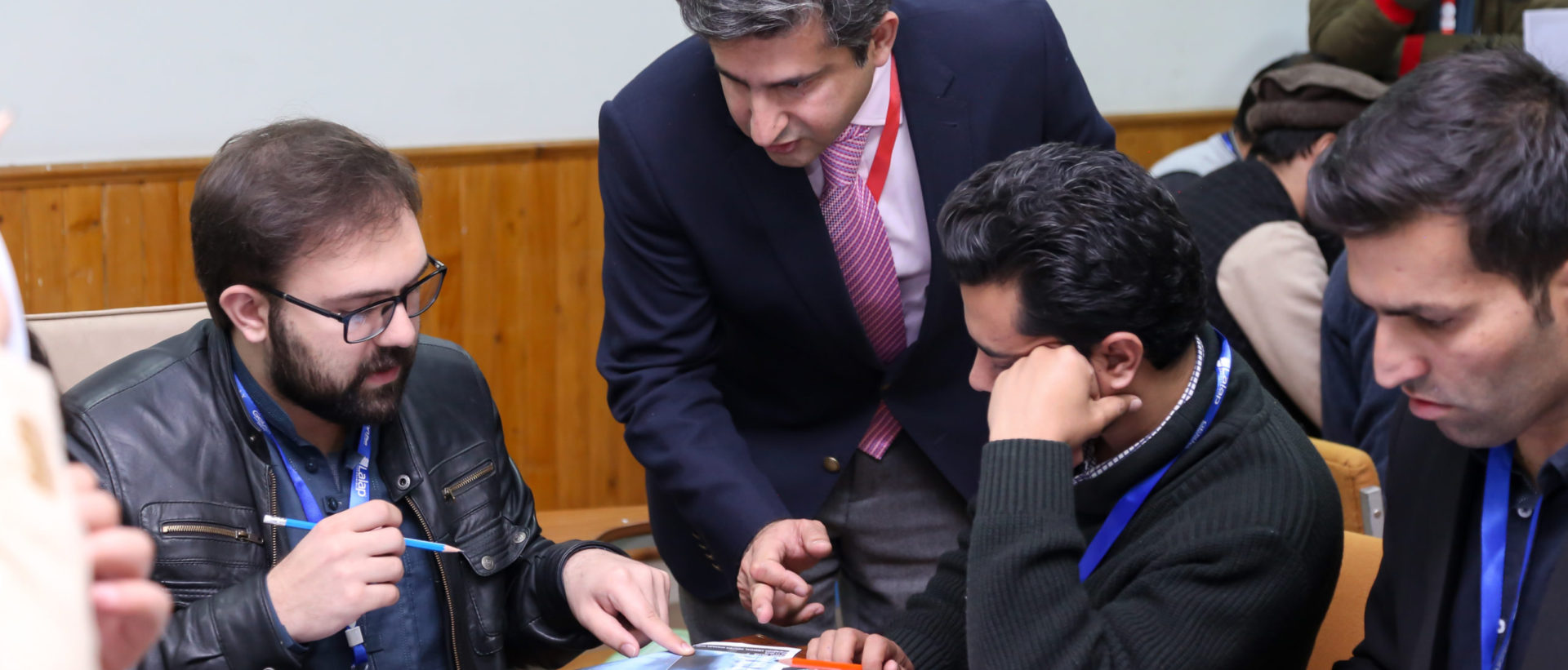DEGENERATIVE DISC DISEASE (DDD)
As we age, our intervertebral discs lose their flexibility, elasticity and shock absorbing characteristics. The outer fibers that surround the disc called the Nucleolus Fibrosis, becomes brittle and are easily torn. at the same time, the gel-like center of the disc, called the Nucleus Pulposus, starts to dry out and shrink.
HERNIATED DISC
Herniation describes an abnormality of the intervertebral disc that is also as a “slipped”, “ruptured” or “bulging” disc. This process occurs when the core (Nucleus Pulposus) of the intervertebral disc bulges out through the layer of figments that surround the disc (Annulus Fibrosis). This condition often associated with a deep and sharp pain that occurs suddenly and frequently. Pain through the extremities is often common.
SACROILIITIS
Sacroiliitis is a condition which causes inflammation in the joints that connects the pelvis to the spine known as the sacroiliac joints. Sacroiliitis can cause pain in buttocks or lower back and may extend down into one or both hips. This condition is often caused by traumatic injury, arthritis and is also common in women after pregnancy. This pain is often confused as a hip condition but intact is a result of a spinal condition.
SPONDYLOLISTHESIS
Spondylolisthesis occurs when one vertebra slips forward on the adjacent vertebrae. The condition may be congenital (hereditary), or the result of physical stresses on the spine or spinal degeneration. It may produce both a gradual deformity of the lower spine and also a narrowing of the vertebral canal and cause back pain, leg pain and other symptoms.
STENOSIS
The narrowing of the spinal canal, called spinal stenosis can happen as of the degeneration of both the facet joints and the intervertebral discs condition, bone spurs, called osteophytes which develop because of the excessive load on the intervertebral disc, grow into the spinal canal.
SPINAL FRACTURES
Spinal fractures occur when the normal vertebral body is “squashed” or compressed in height. When the load on a vertebra exceeds its stability or inherent strength, the bone can collapse. Pain, limited mobility, height loss and spinal deformity are often the result. In severe cases, part of the vertebral body may prelude into the spinal canal and put pressure on the spinal cord and nerves.
SCOLIOSIS
Scoliosis is a condition where the spine or back bone is curved sideways instead of appearing in a straight line. The most common type of scoliosis is adolescent idiopathic scoliosis which occurs after age 10 and is seen more frequently in girls than boys. Scoliosis can occur at any age and the cause is not known in 80% of cases. If the patient is still growing and the curve is over 40 degrees, or is worsening, surgery may be recommended. The most common surgical procedure for scoliosis is correction, stabilization and fusion of the curve.
